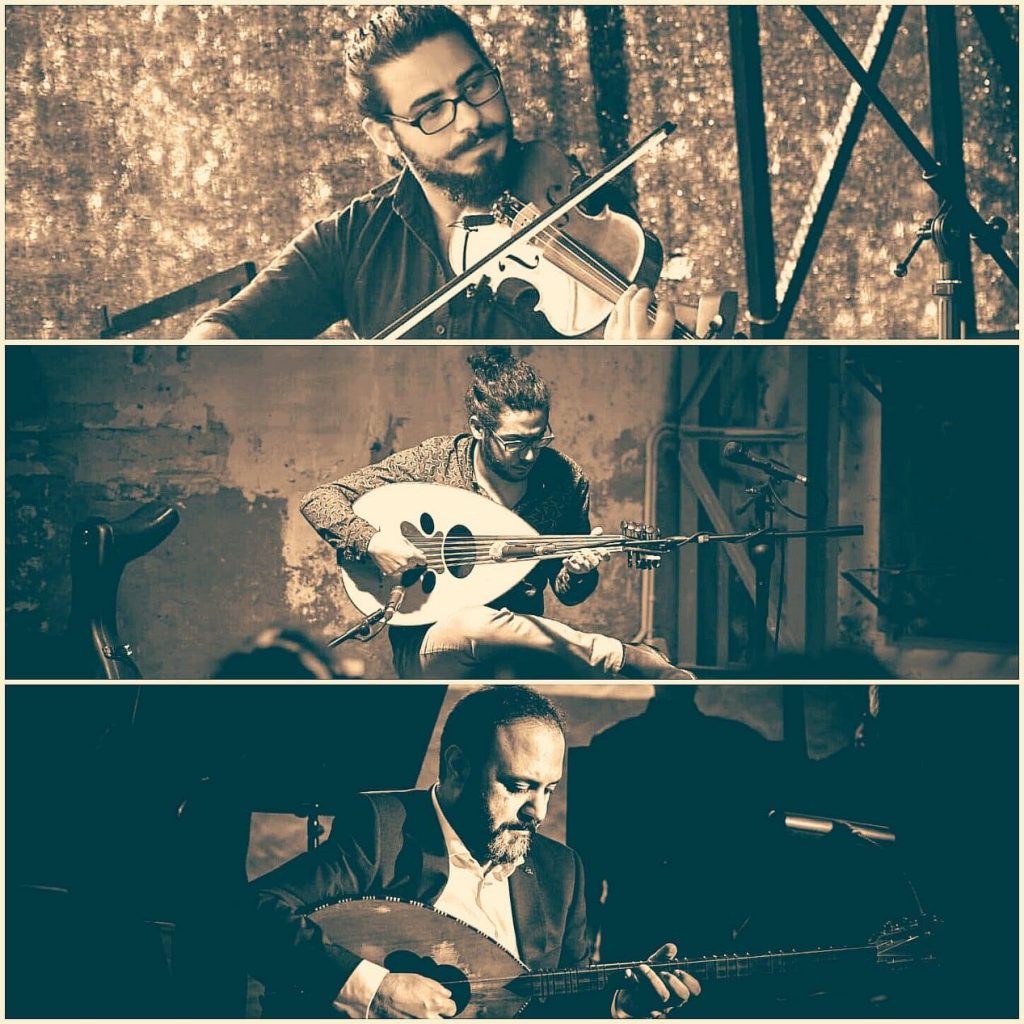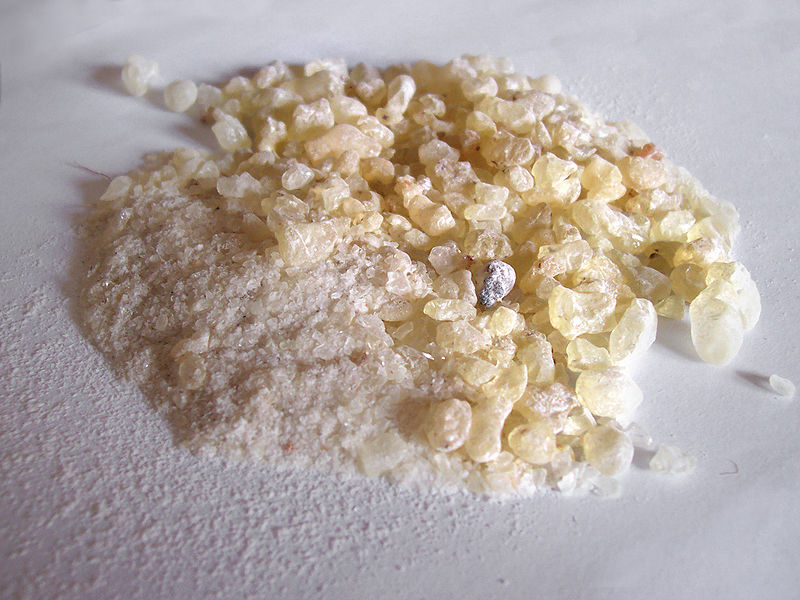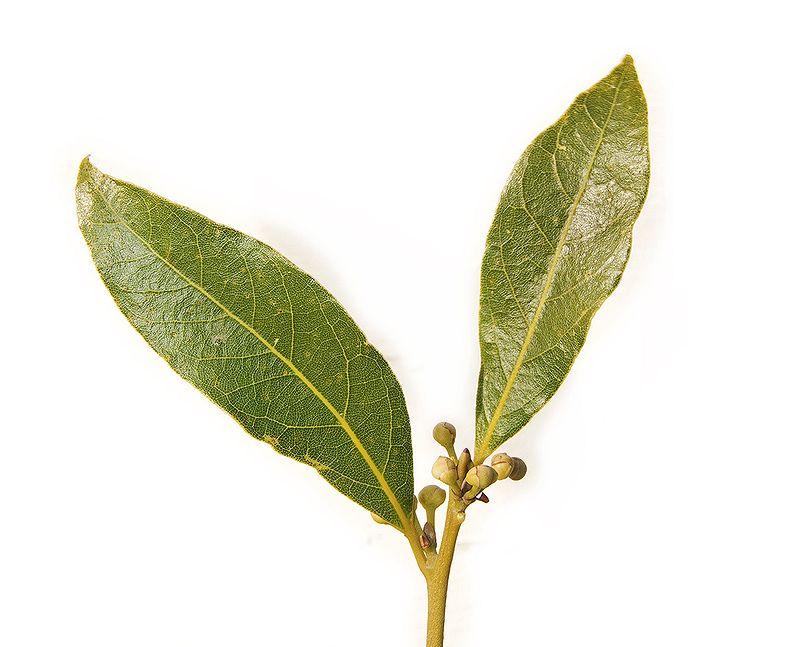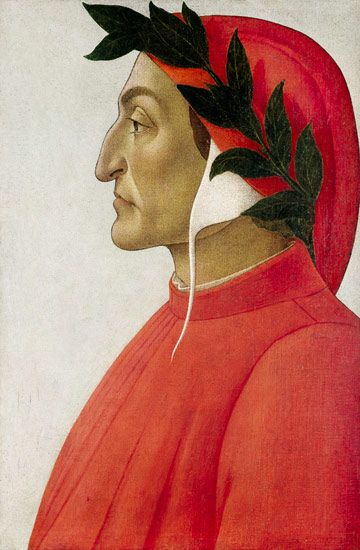A multisensory concert- Friday, 3rd May 2019, 8 pm
Mohannad Nasser: oud , Mevan Younes: buzuq und Ayman Hlal: violin – Fabio Dondero and Dominik Breider (Incense burning): Laurus nobilis and Dammar
PANDA Theater in der Kulturbrauerei,
Knaackstr. 97, 10435 Berlin
It is a special honor for us to present the trio Younes (buzuq) / Nasser (oud) / Hlal (violin) at Incense of Music 34.
We burn some laurel and dammar. This event is not recommended for people who are sensitive to smoke.

Mêvan Younes
Mohannad Nasser
The Syrian oudist and composer Mohannad Nasser has developed as an innovative musician through many years of experience in making music. His compositions are described by the audience as “delicate, serene and magical”. His deep desire to communicate his understanding of music led him to complete his educational project “Contemporary today, Heritage tomorrow” as his Masters at the renowned Berklee College of Music. At Berklee College Mohannad played the piece of music “Mediterranean Sundance” with the internationally known guitarist Al Di Meola. His musical vision is based on traditional Arabic music with a strong taste of oriental roots. Mohannad’s journey with the oud came from his rich studies at the Higher Institute of Music in Damascus, where he perfected his knowledge of traditional oriental music and explored classical western music. During his career, he was able to expand the oud skills by adapting them to different styles of music, such as classical music, jazz music, Brazilian music or flamenco. In 2015, Mohannad – like most Syrian artists – faced severe and daily danger due to the conflict in Syria. He therefore moved to Lebanon to become a music teacher. He was trained by several international organizations that offer music lessons to refugee children. This inspiring experience inspired him to encourage the next generation of musicians to find their voices. In 2017 Mohannad released the first album of his Oumi ensemble “Imaginary Dance” and started his solo project “L’Oud Whispers”. Mohannad has won several prizes at international oud competitions and plays his music all over the world.
Ayman Hlal
Violin player and composer. He studied music education at Albaath University in (Homs / Syria). He experiments with a wide variety of musical styles such as oriental music, flamenco and jazz. He plays with various orchestras and bands, e.g. “Orphe” (Orient World Music) Azulio (Flaminko Music) and was concertmaster of the “Nai Orchestra” in Vienna.

Dammar or dammar resin is the resin of deciduous trees from the wing fruit family that grow in India and on the Sunda Islands in the Malay Archipelago. Dammar is also produced in Indonesia, Papua New Guinea and the Philippines. The most important source is the Shorea wiesneri tree, but the resin is also obtained from many other Shorea, Hopea and Vatica species as well as Neobalanocarpus heimii. The colors of the different varieties vary from clear-light, yellowish to black-gray Sumatran dammar. The white dammar is the resin of the Indian species Vateria indica, black dammar comes from Canarium strictum from the balsam tree family. The so-called hard dammar, another name of the Kauri resin (New Zealand dammar), is the resin of the New Zealand kauri spruce (araucarias), a conifer that is extracted from fossil deposits as a significantly harder copal. The hardness of the damar resin is similar to that of rosin, it is less hard and durable than Copal. The resin is slightly sticky and, when broken, is shell-like and shiny. The scent is fine lemon and light. When rubbed, the result is a white powder with an aromatic, bitter taste. The name Dammar comes from Malay and means tear, resin tear, resin or light, torch.
 Laurus nobilis
Laurus nobilis
The real laurel (Laurus nobilis), also called noble laurel or spice laurel, is a species of laurel (Laurus) within the laurel family (Lauraceae). It is used as a medicinal and aromatic plant. The name is derived from Middle High German lôrber and Old High German lôr (beri) from synonymous Latin laurus. The real laurel is an evergreen shrub or tree and can reach heights of growth of up to 10 meters. The leathery, glossy leaves on the top smell aromatic. Its edge is slightly wavy. The real laurel, coming from the Middle East, has spread across the Mediterranean to the Pacific north-western North America. The real bay leaf is used as a spice plant. The origin of the botanical generic name for the tree (Laurus) is unknown, but the ancient Greek name daphne (δάφνη) reminds us that the nymph Daphne was transformed into a laurel bush by her father, the river god Peneios, who was called for help, in order to reenact Apollo to escape. As a token of his grief over the unrequited love, he wore a laurel wreath made of twigs. The Greek name of the laurel was adopted in some languages of Southeastern Europe and the Middle East: Hebrew aley daphna (עלי דפנה), Turkish defne, Albanian dafinë, Bulgarian dafinov list (дафинов лист), Romanian dafin. The name has been preserved in modern Greek anyway (δάφνη, pronunciation: dafni). When he moved into the city of Rome as a successful triumphant, the general was wreathed with laurel (Corona triumphalis). With the transition to the empire, the Roman emperors also wore a laurel wreath, and later they were also given winners at games. The laurel wreath literally stands for a special distinction to this day. He is considered a symbol of fame, victory and peace. In the Anglo-Saxon region there is the official title of poet laureate (“laurel-crowned poet”). The silver bay leaf is the highest sporting award in Germany. It is awarded by the Federal President and was originally donated by Theodor Heuss (1950). Laurus nobilis is also the namesake for the Laureus World Sports Awards, which is also regarded as the sports Oscar.


 Deutsch
Deutsch